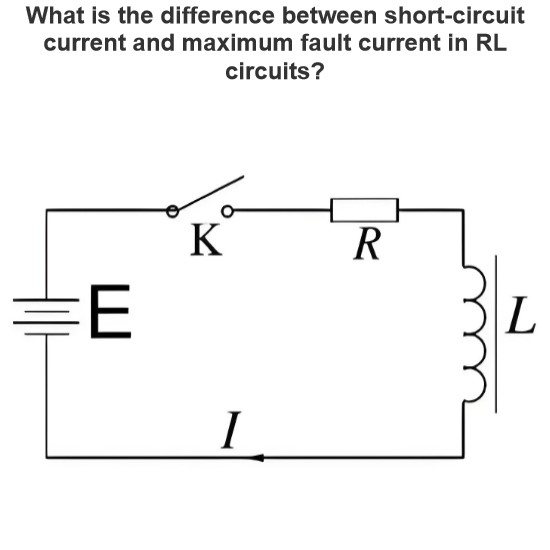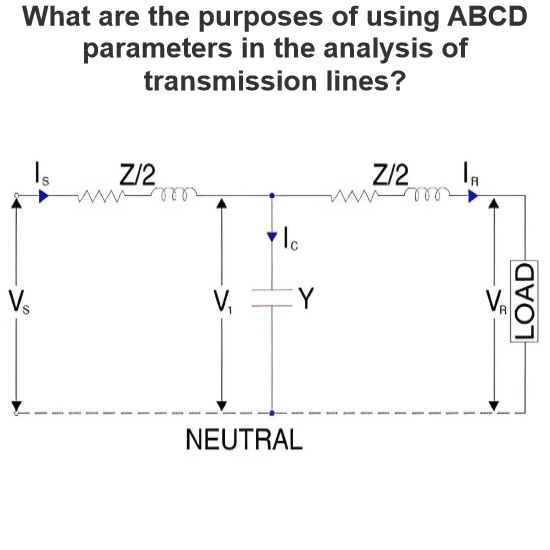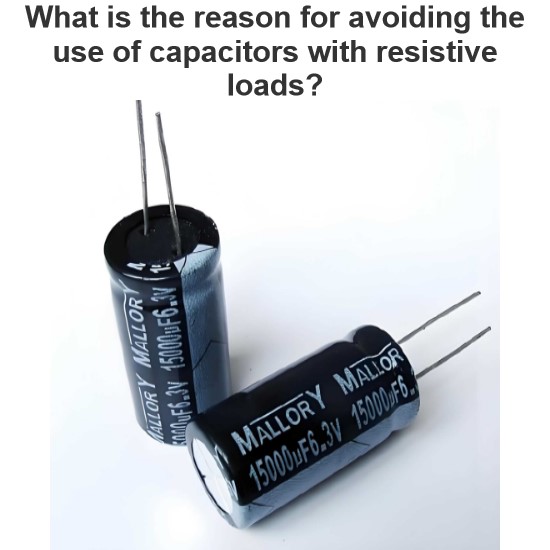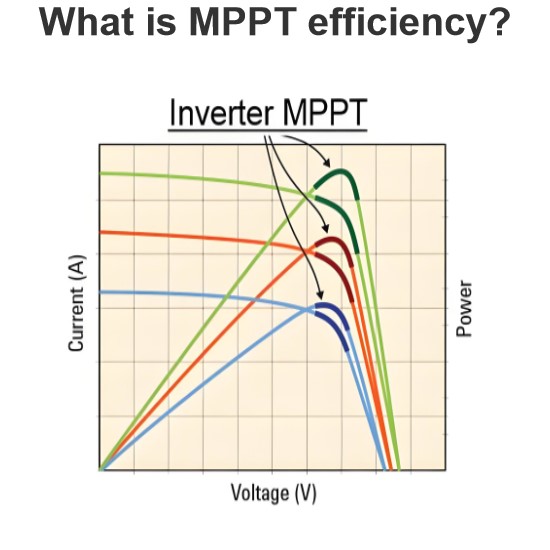What are the reasons for high earthing systems only?
High ground systems (usually referred to as high resistance ground systems) are used mainly for the following reasons:
Limit ground fault current
Reduce the risk of equipment damage
In high-resistance grounding systems, the ground fault current is limited to a relatively low level. When a ground fault occurs, a smaller fault current flows through the ground path. This low level of fault current has less impact on the thermal stress and electrodynamics of electrical equipment (such as transformers, cables, switchgear, etc.) than low resistance ground or direct ground systems. For example, for some precision electrical equipment that is more sensitive to fault currents, the high-resistance grounding system can prevent the heat generated by excessive fault currents from causing damage to the internal insulation of the equipment or deformation of the mechanical structure.
Avoid fault propagation
The smaller ground fault current can avoid more serious faults such as interphase short circuit when a ground fault occurs. In a low-resistance grounding system, a large fault current may produce a strong enough electromagnetic force, so that the electrical equipment around the fault point is subject to mechanical shock, resulting in the destruction of the interphase insulation, thus expanding the fault range. The high resistance grounding system can effectively reduce this risk, so that the fault range is limited to the ground fault point.
Maintain system stability
Reduce voltage dips
When a ground fault occurs, the high resistance grounding system has relatively little impact on the system voltage due to the small fault current. In some industrial sites with high voltage stability requirements, such as continuous production of chemical enterprises or data centers, such systems can reduce voltage sags caused by ground faults. For example, in a data center, if the voltage drops sharply due to a grounding fault, devices such as servers may be shut down or data may be lost. A high-resistance grounding system helps maintain voltage stability and ensure normal device operation.
Improve supply continuity
Because a high-resistance grounding system does not immediately cause the circuit breaker to trip in the event of a grounding fault (it can operate for a period of time with a fault in some cases), this improves the continuity of the power supply. For some important loads that do not allow easy power outages, such as life support systems in hospitals, navigation equipment in airports, etc., high-resistance grounding systems can maintain power during troubleshooting and repair, buying time to ensure the operation of important equipment.
Facilitates fault detection and location
Fault detection
In high resistance grounding system, although the ground fault current is small, it can be accurately detected by special ground fault detection devices (such as zero sequence current transformer, ground fault relay, etc.). These devices can detect the small ground fault current and send an alarm signal to remind the operation and maintenance personnel to troubleshoot the fault in time. For example, in complex electrical systems in large industrial plants, this precise fault detection capability helps to quickly locate fault points and reduce troubleshooting time.
Positioning accuracy
Because the high resistance grounding system limits the diffusion range of the fault current, the path of the fault current is relatively clear, which helps to improve the accuracy of fault location. In a low-resistance grounding system, the fault current may flow through multiple parallel paths. In a high-resistance grounding system, the fault current mainly flows along the path of the grounding resistance, making fault location easier and convenient for operation and maintenance personnel to rectify faults in time.
The Electricity Encyclopedia is dedicated to accelerating the dissemination and application of electricity knowledge and adding impetus to the development and innovation of the electricity industry.




